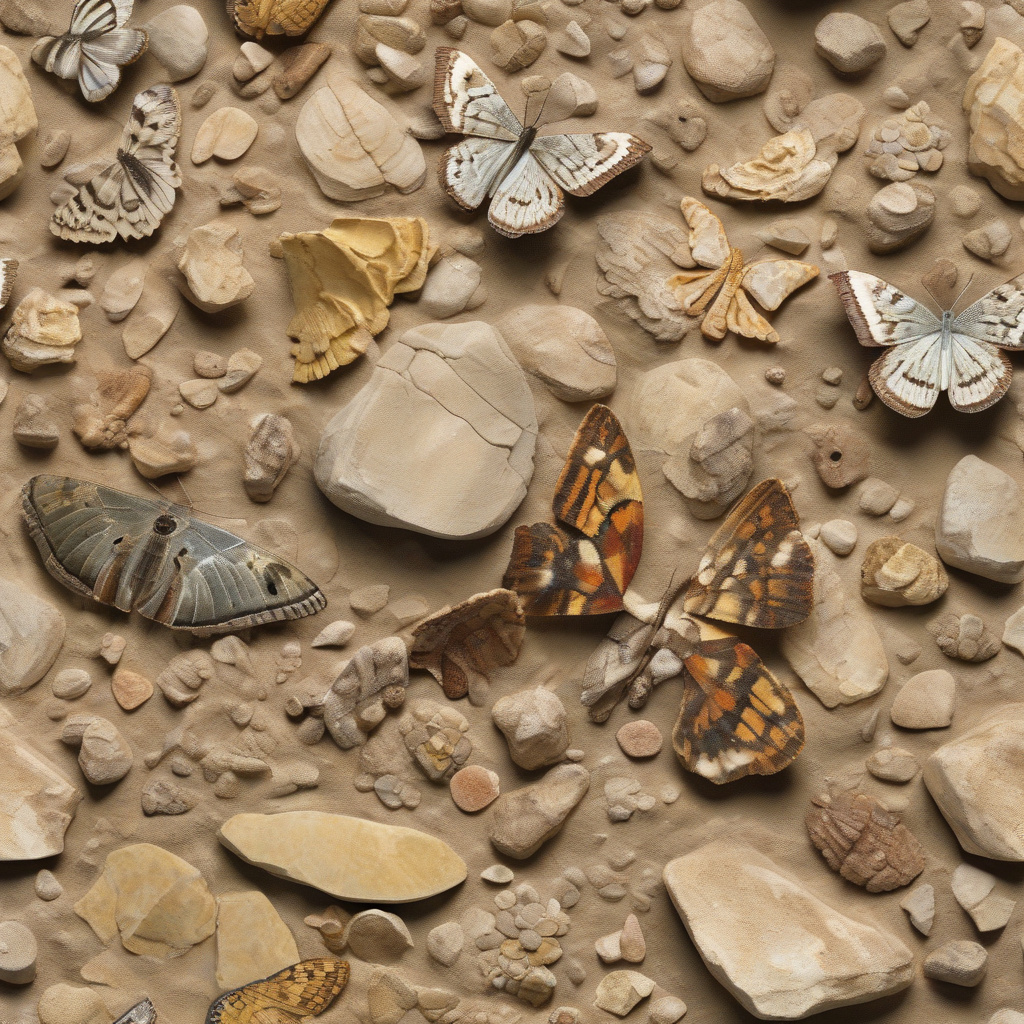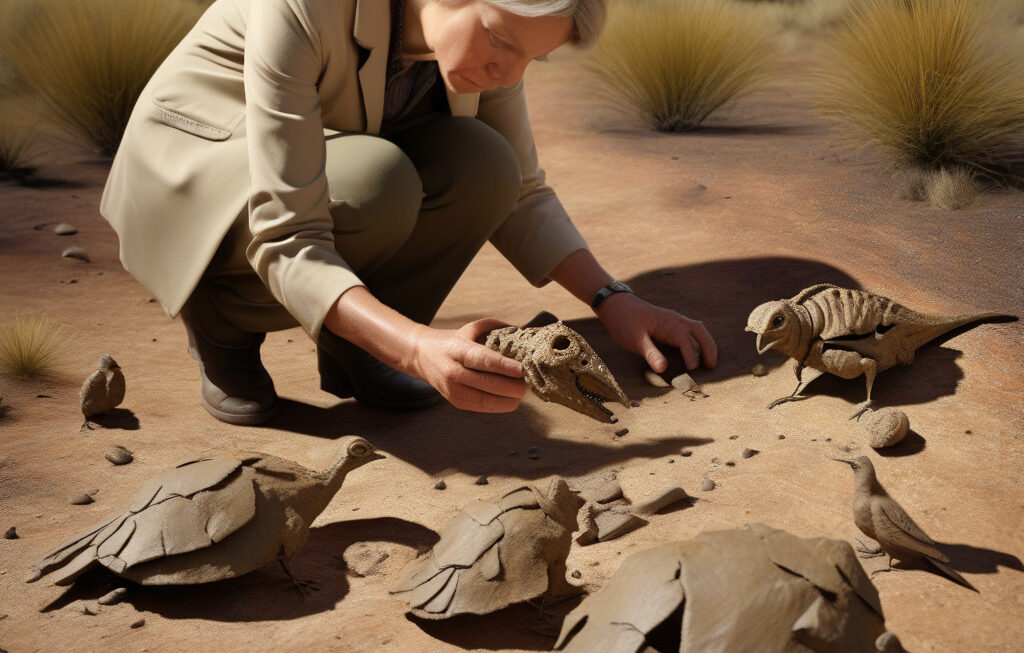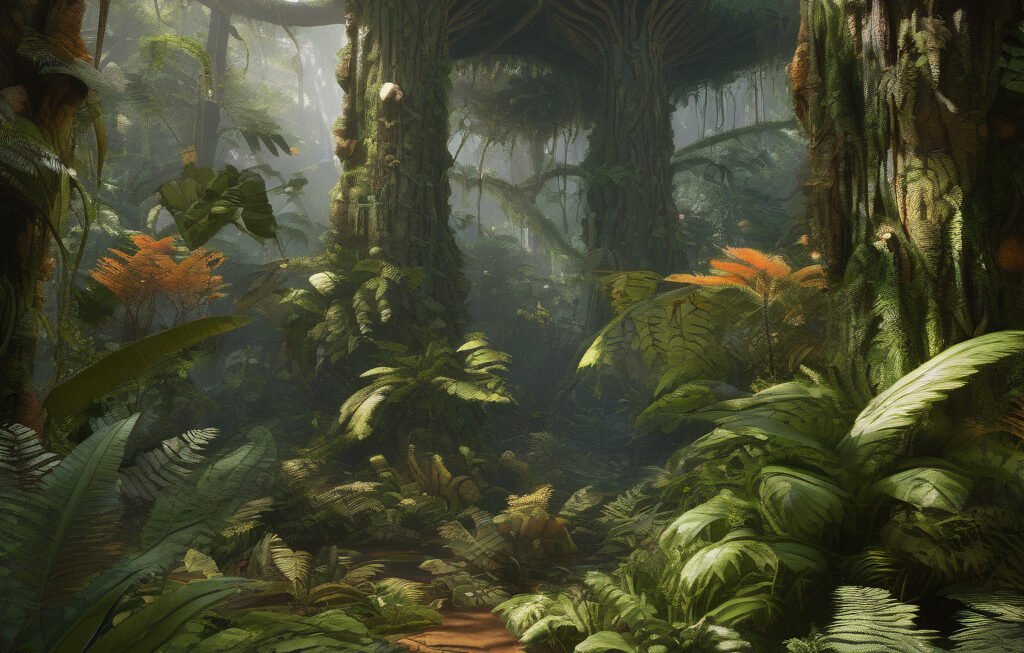236-million-year-old Triassic Fossil Reveals Earliest Known Butterfly, Moth Scales
Paleontologists associated with different institutions in Argentina, along with a scientist from the U.K., have made a groundbreaking discovery that could revolutionize our understanding of the evolution of butterflies and moths. The team uncovered a remarkably well-preserved 236-million-year-old fossil from the Triassic period that contains scales similar to those found on the wings of modern-day Lepidoptera, the order of insects that includes butterflies and moths.
This ancient fossil provides a rare glimpse into the distant past, shedding light on the origins of these delicate and colorful insects. The discovery challenges previous beliefs about the timeline of Lepidoptera evolution, pushing it back millions of years earlier than previously thought.
The fossil, found in the Chubut province of Argentina, showcases intricate details of the scales that cover the wings of butterflies and moths. These scales, which give these insects their vibrant colors and patterns, are surprisingly similar to those seen in present-day Lepidoptera. This resemblance suggests that the basic structure of butterfly and moth wings has remained largely unchanged over hundreds of millions of years.
By studying this ancient fossil, researchers hope to uncover more clues about how butterflies and moths have evolved over time and how they have adapted to various environments. Understanding the evolutionary history of these insects is not only fascinating from a scientific perspective but also crucial for conservation efforts aimed at protecting these pollinators and their habitats.
The significance of this discovery extends beyond the field of entomology. It highlights the importance of paleontology in unravelling the mysteries of the natural world and offers a glimpse into the ecological past of our planet. The presence of butterflies and moths in the Triassic period suggests that these insects played a vital role in prehistoric ecosystems long before flowering plants appeared.
As we continue to explore the ancient history of our planet, new discoveries like this Triassic fossil remind us of the interconnectedness of all living organisms and the remarkable adaptations that have allowed species to thrive over millions of years. The study of fossils not only enriches our understanding of the past but also provides valuable insights that can help us navigate the environmental challenges of the present and the future.
In a world where scientific research is constantly expanding our knowledge of the natural world, this discovery stands out as a testament to the enduring legacy of life on Earth. The 236-million-year-old fossil containing butterfly and moth scales serves as a reminder of the resilience and adaptability of these insects and the intricate beauty of the evolutionary process.
As researchers delve deeper into the mysteries of the ancient past, who knows what other secrets may be waiting to be uncovered, reshaping our understanding of the world around us.
butterfly, moth, fossil, evolution, Lepidoptera












